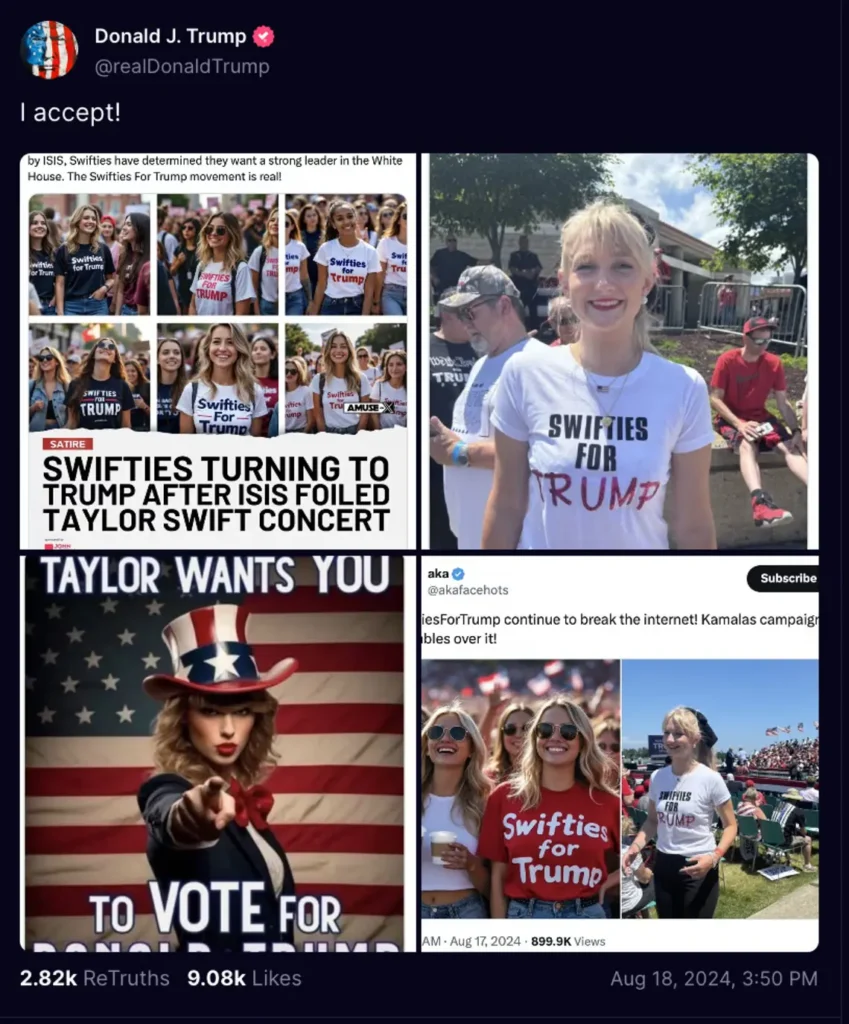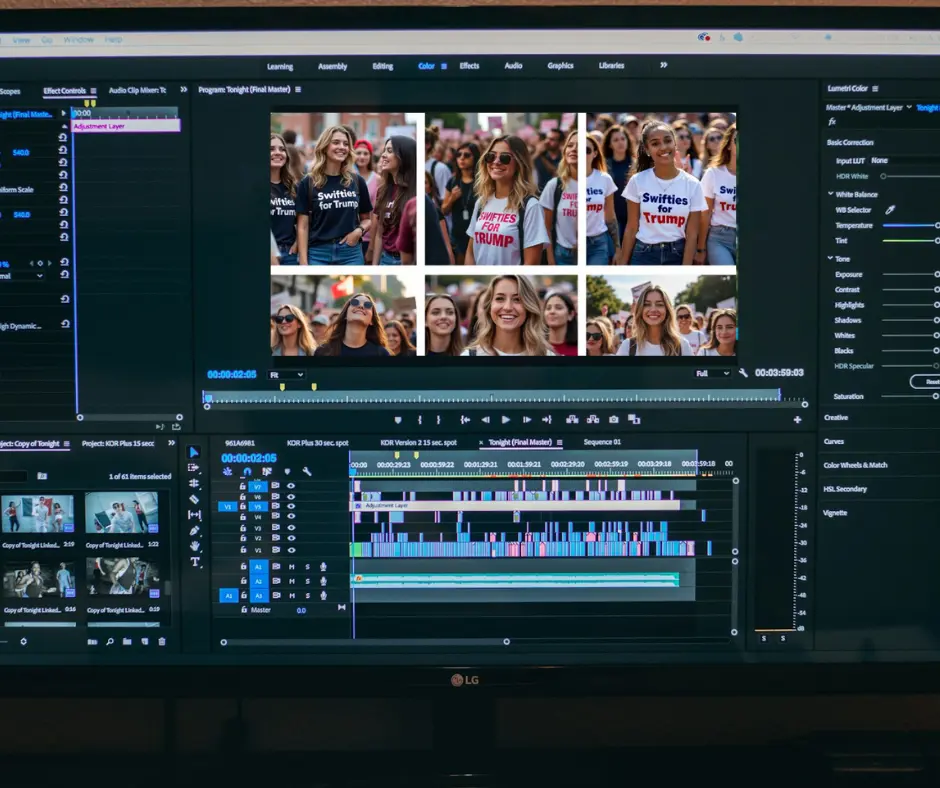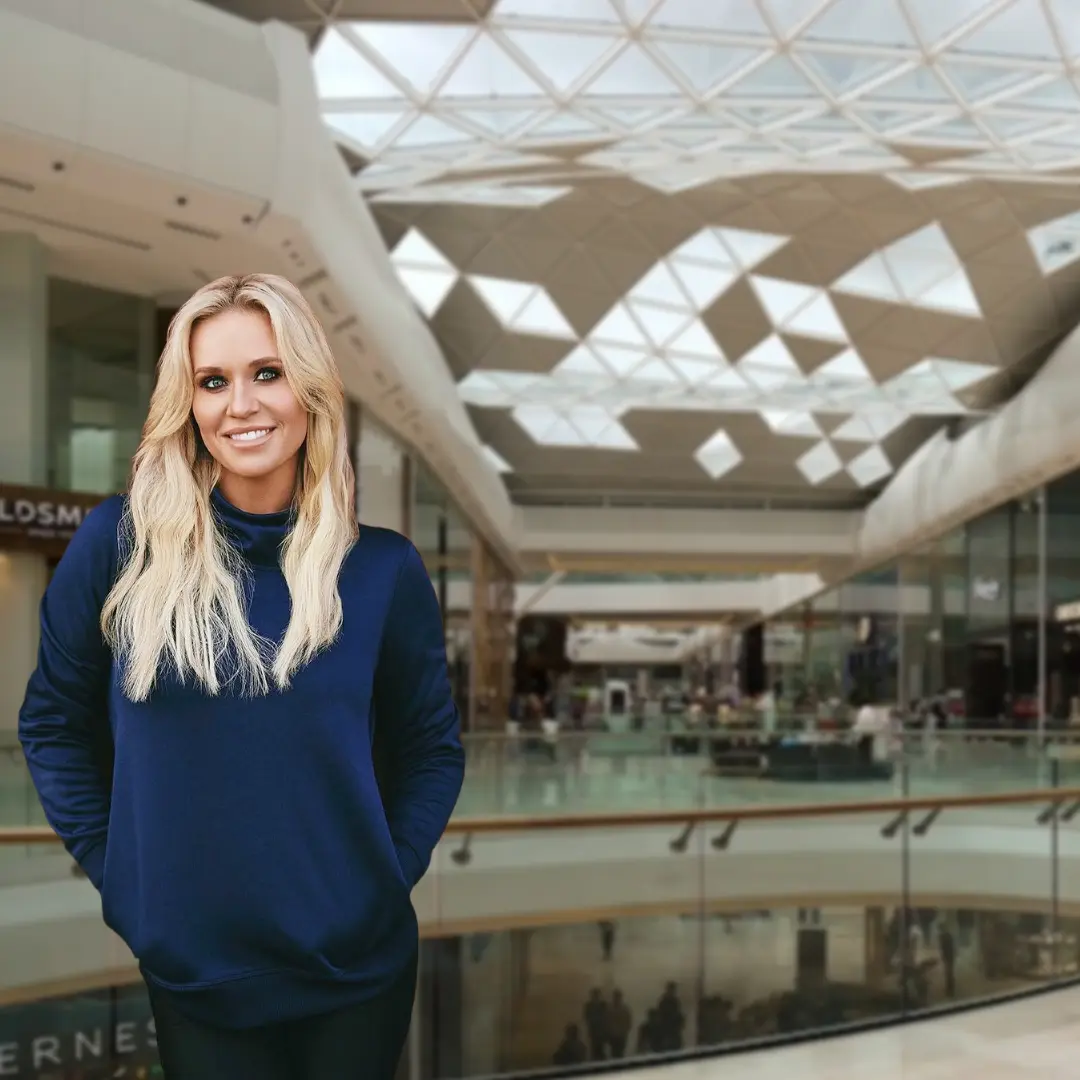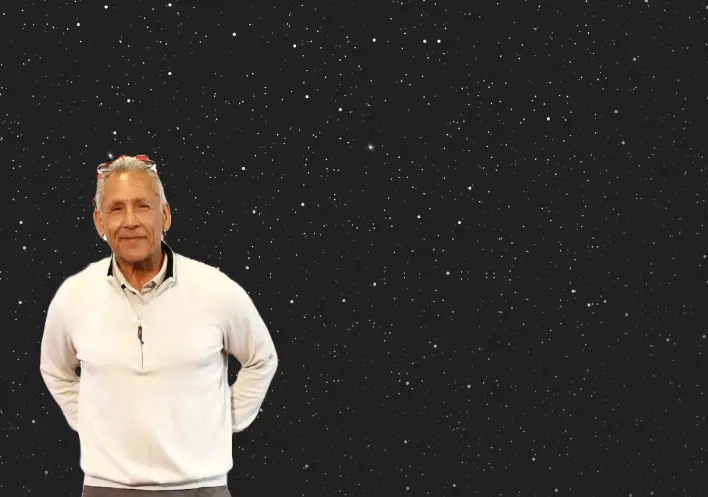In an age where technology and social media often collide, the boundaries between reality and fiction are increasingly blurred. Recently, a controversy erupted when former President Donald Trump allegedly posted Taylor Swift AI pictures unblurred on his social media platform. These AI-generated images, featuring the globally renowned pop star, have sparked a wave of reactions, raising concerns about the ethical and legal implications of using such technology.
Trump’s Controversial Social Media Post
The controversy began when Donald Trump allegedly shared Taylor Swift AI pictures unblurred, causing an immediate uproar. The images, generated using advanced AI technology, depicted Taylor Swift in a manner that many found inappropriate or misleading. The authenticity and source of these images remain unclear, but their realistic quality has heightened the debate about the misuse of AI technology.
Also read: Top Difference Between Residential Proxies and Data Center Proxies
Adding to the controversy, former U.S. President Donald Trump recently posted a fake social media image of pop superstar Taylor Swift, urging people to vote for him in the upcoming November election. The post, shared on his Truth Social account, showed Swift dressed in red, white, and blue with a caption stating, “Taylor Swift Wants You To Vote For Donald Trump.” Trump further fueled the conversation by adding, “I accept!” beneath the image.

This post stirred even more backlash, especially considering that Taylor Swift has not publicly endorsed any candidate in the 2024 race. Historically, she has supported Democratic candidates, making Trump’s post particularly provocative and misleading. This move by Trump intertwines with the broader controversy over AI images, illustrating the potent mix of politics, technology, and celebrity culture.
Also read: Features to Look for in Task Management Tools
Public Reactions
The public reaction to Trump allegedly posting Taylor Swift AI pictures unblurred has been mixed, with emotions ranging from outrage to amusement. Taylor Swift’s fans and various social media users quickly expressed their anger and disappointment. They criticized Trump for what they perceive as an unethical use of AI to target a beloved public figure. The hashtag #RespectTaylorSwift began trending soon after, with many calling for the immediate removal of the images and an apology from the former president.
Conversely, Trump’s supporters defended the post, arguing that it was intended to be humorous or satirical. They claimed that AI-generated images are a form of free expression and should not be censored, even if they involve celebrities like Taylor Swift. Some supporters even created and shared their own versions of Taylor Swift AI pictures unblurred, further fueling the controversy and blurring the lines between satire and potential defamation.
Also read: Effective Strategies for Recruiting Top Talent
This incident has also ignited discussions about the responsibility of social media platforms in regulating content. Critics argue that platforms such as Twitter and Facebook should do more to prevent the spread of deepfake images and hold users accountable for their posts. Others believe that imposing stricter regulations could infringe on free speech rights, creating a delicate balance between expression and protection.
Taylor Swift’s Response
As of now, Taylor Swift has not publicly commented on the incident involving her unblurred AI pictures. However, considering her history of advocating for artist rights and digital privacy, it is likely that she and her legal team are exploring their options. Swift has previously taken strong stances against the unauthorized use of her image and likeness, making it possible that this situation could lead to legal action or a public statement addressing the issue of AI-generated images.
Also read: Reasons You Need To Safeguard Your Data
The Legal and Ethical Implications
The incident surrounding Trump’s alleged post of Taylor Swift AI pictures unblurred raises significant questions about the legality and ethics of using AI-generated images, especially those involving public figures. In the United States, the legal framework surrounding deepfakes and AI imagery is still developing. Some states have enacted laws to criminalize the creation and distribution of deepfake images, particularly those that are sexually explicit or intended to defame. However, applying these laws to non-explicit images, such as those allegedly posted by Trump, is less straightforward.
From an ethical standpoint, using AI to create and share manipulated images of real people without their consent is widely viewed as problematic. It can damage the reputations of the individuals involved, spread misinformation, and contribute to a culture of disrespect and objectification. The involvement of a former president in such an incident only intensifies the controversy, prompting questions about the responsibilities of public figures in the digital age.

The Role of AI in the Future of Media
The controversy over Taylor Swift AI pictures unblurred is a stark reminder of the growing influence of AI in shaping media and public perception. As AI technology continues to advance, the ability to create realistic images and videos will only improve, making it increasingly difficult to distinguish between what is real and what is fake. This presents both opportunities and challenges for society as a whole.
Also read: Top Tips To Find Rental Properties
On one hand, AI has the potential to revolutionize industries such as entertainment, advertising, and art, offering new forms of expression and innovation. On the other hand, it also poses significant risks, particularly when used to manipulate or deceive. The challenge for policymakers, technology companies, and society at large will be to find a balance that maximizes the benefits of AI while minimizing its potential harms.
Also read: Caitlin Thielen Age, Children, Net Worth, Parents
Conclusion
The incident involving Trump allegedly posting Taylor Swift AI pictures unblurred, along with a fake endorsement image, has sparked a significant debate about the ethics and legality of such actions. While the public’s reactions have varied, the situation underscores the need for greater responsibility in the use of AI technology, particularly by those in positions of influence.
Also read: Leon Panetta Net Worth, Wife, Age, Bio
As the lines between reality and fiction continue to blur, society needs to establish clear guidelines and standards for the use of AI in media. Whether through legal regulation, ethical norms, or public awareness, steps must be taken to ensure that this powerful technology is used in ways that respect the rights and dignity of all individuals.
Also read: Celebrities Living In Ponte Vedra Florida
In the meantime, the controversy surrounding Taylor Swift and her unblurred AI pictures serves as a cautionary tale about the potential consequences of misusing AI. It is a reminder that, in the digital age, the power to create comes with the responsibility to do so ethically and respectfully.



